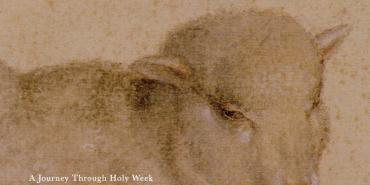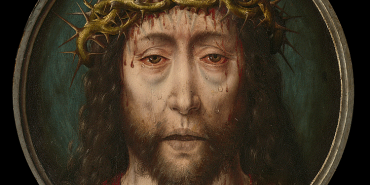Q&A: Discerning Folklore from Fact

In each issue, a forum of pastors, laity, theologians, and church leaders respond to your questions on subjects such as doctrine, theology, Christian living, and the church. Send your questions to Holiness Today, Church of the Nazarene Global Ministry Center, 17001 Prairie Star Parkway, Lenexa, KS 66220| E-mail: holinesstoday@nazarene.org. The editor regrets that all questions cannot be printed, acknowledged, or answered.
Q: Why do people often mix folklore or common thought with church and biblical history? How can we discern the facts from the folklore?
There is no single, simple answer to this question, but looking at some specific examples may help. Three common biblical "traditions" come to mind.
The first has to do with Adam and Eve in the Garden of Eden as recounted in the second and third chapters of Genesis. Adam and Eve were permitted to eat the fruit of every tree in the garden with one exception: They must not eat "of the tree of the knowledge of good and evil." Genesis does not tell us what kind of fruit grew on this particular tree but somewhere along the way, someone referred to the fruit as apples. So in all kinds of Christian literature and elsewhere we have the familiar story of Eve eating an apple and then giving one to Adam.
Another example is the Christmas story that three wise men, the Magi, came to visit Jesus. Matthew related this event in his Gospel (2:1-12), but he does not tell us how many wise men visited. He wrote that they gave three gifts to Jesus—gold, frankincense, and myrrh—and that probably led to the tradition of three Magi.
The third example of a common biblical "understanding" that has no foundation is when the devil is represented as wearing a red suit, having horns, and usually carrying a three-pointed spear. This story didn't originate in the Bible, but comes from medieval folklore. In the Middle Ages, the Church wanted to warn people to have nothing to do with the devil. So artists and storytellers, wanting to make the devil appear fierce and dangerous, invented the red body and horns. The only certain information we have about the devil is in the Bible. The Bible warns us that the devil, far from looking threatening and destructive, actually comes to us disguised as "an angel of light" (2 Corinthians 11:14).
These and other similar examples of popular traditions have no biblical foundation at all. The only way we can know the difference between truth and error and between fact and fiction, is to read the Bible constantly and carefully, comparing conceived notions with actual Scripture.
Herbert McGonigle served as senior lecturer in historical theology and Wesley studies at Nazarene Theological College in Manchester, England.
Holiness Today, November/December 2008
Please note: This article was originally published in 2008. All facts, figures, and titles were accurate to the best of our knowledge at that time but may have since changed.




